To begin this thread on a high note, I want to report on a full hand crafted pearl tea. This tea is made by a team who spent many years of research to revive the processing methods that have not been put into practice for decades.
This is a Yongxi Huoqing tea from the core region of FengKeng sourced by DaXue JiaDao:
viewtopic.php?p=37648#p37648
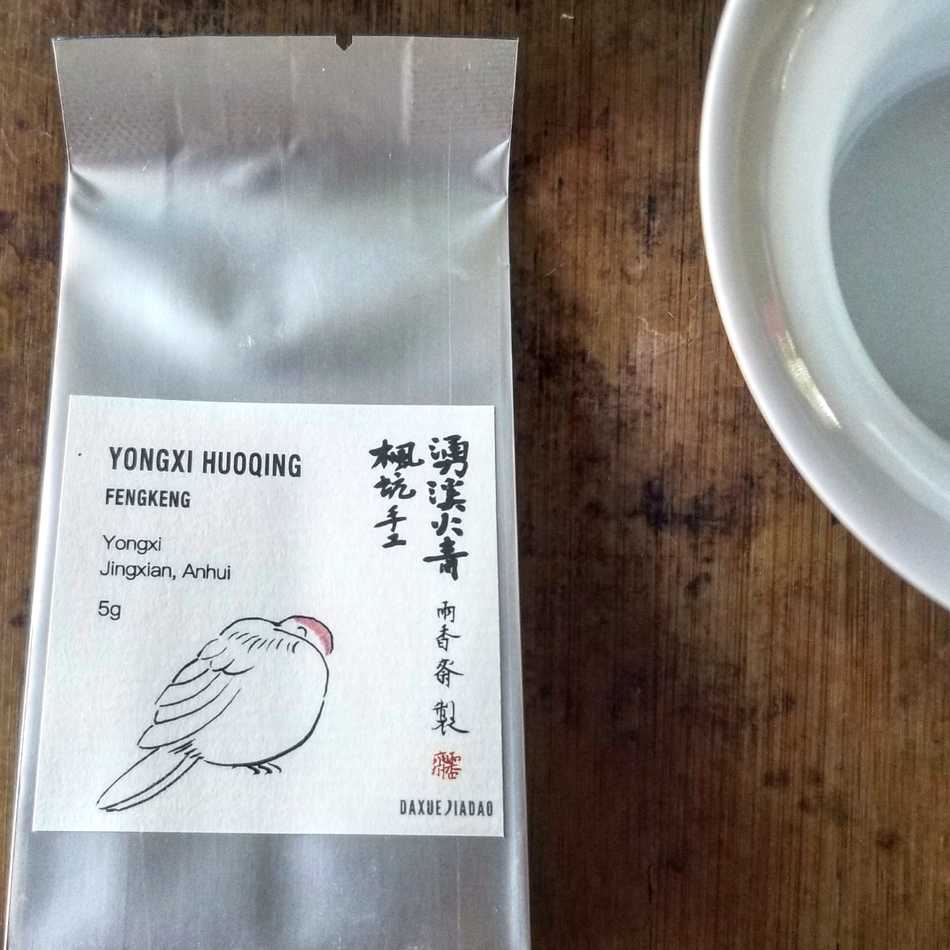
- Again the calligraphy and painting are the works of the producer. It is interesting to note how the characters here are a bit "fatter" than the characters on the other labels. It reflects the puffed bird, as well as the rolled shape of the tea, hand formed in a tense, meta-stable state, like a thick scroll rich with art and wisdom - but also like a warm, soft comforter.
- IMG_20210727_170110_225.jpg (63.41 KiB) Viewed 25441 times
Here is the tiny little bit if information we in the West can get about this tea:
http://www.teaspring.com/Yong-Xi-Huo-Qing.asp
Yong Xi Huo Qing first became available during the Ming Dynasty but it wasn't until Qing Dynasty that this tea became well-known. It originates from Jing County in the western part of An Hui province, and legend has it that this tea was originally processed using tea leaves that were picked from a Jin Yin (Gold and Silver) tea tree. It is so called because the all the leaves from this tea tree were gold on one side, and silver on the other. The appearance of Yong Xi Huo Qing resembles Gunpowder tea but it is actually a much higher quality tea.
Below, I link to more detailed information on this tea by the producer, and the enormous and "crazy" efforts that went into its revival.
https://mp.weixin.qq.com/s/LfDsSlGptrK_H-BVMakn5w
Translated:
https://mp-weixin-qq-com.translate.goog ... ax,nv,elem
And,
https://mp.weixin.qq.com/s/WHy4rOVd0dJvr5xYkybbzQ
Translated:
https://mp-weixin-qq-com.translate.goog ... ax,nv,elem
Here are some key quotes:
In recent years, when we introduced Yongxi Huoqing, one thing we said the most was that it was "the rock tea of green tea". On the one hand, it is because the craftsmanship of Yongxi Huoqing is very complicated, which is the best green tea, and it can compete with Wuyi Yancha; on the other hand, it is also because of the environment of Yongxi Huoqing, most of which were born in pits and valleys.
Judging from this record, Huoqing should have taken shape by the end of the Qing Dynasty at the latest. Shijingkeng is located in Huangtian Village beside Yongxi Village. From the large number of existing Huizhou buildings, we can infer the prosperity of merchant trade at that time.
In the late period of the Republic of China, Huoqing stopped production due to war. Production resumed in the 1950s. The core production areas are Huangtian Shijingkeng, Yongxi Fengkeng and Pankeng Yunwuzhua .
For the past two years, I have always had my wish to restore the hand-made in Yongxi Huoqing. This year it finally came true.
Before Gu Yu, select a pot of the best tea plants in Fengkeng and Pankeng Yunwuzhao (the quantity of hand-made tea plants in Yongxi Huoqing is calculated based on the amount that can be put into the pot, and each pot can produce about twelve finished teas. Three catties), found the best tea-making masters in the two groups in Yongxi, and started making handmade tea.
Fire green craftsmanship is complicated. The pot is fried first, and the finished tea leaves are kneaded on a bamboo sieve while they are hot. (This method is different from other teas which are kneaded after cooling. I suspect there are traces of the early "steaming" system.)
After kneading it, put it into the pot to "fry the billet". (This re-frying process should be an improvement on the "steaming" of Kecha mentioned above.)After frying the second billet, it enters the "broken old pot" stage of carbon fire and low temperature "drying".
The temperature of the pot is low, the action is light, and the time is long (twelve to fourteen hours) to break the old pot. Participating in it makes people tired and emotional for the painstaking effort the ancients took to make a good tea.The hand-made Yongxi fire green is really different from the machine tea I drank back then.
The aroma is in the water, but it is not vented, the taste is quiet and has a light pollen and frankincense, the tea soup is sweet and full, and the spring is like a spring, which is very different in time and wind. The whole is not floral, not fruity, but "stone-like". It's simply the best green tea I've had in so many years. very happy.
During the tea making period, Mr. Jiang, who participated in the restoration of fire production at the time and is now 92 years old, was very excited to guide us in making tea and was very moved. Although he can't understand his dialect, we can feel his love for tea.
The manual production of Yongxi Fire Green takes a long time and the craftsmanship is also very complicated. It requires long-term tea-making experience to make it well. Production has been discontinued for more than 20 years. Those who know how to do it now have been in sixties, and there are no successors. I am afraid that they will be lost in another ten years. I hope that through my efforts, I can continue to make this ancient green tea.
After four days and two nights, we got more than 20 kilograms of fine handmade tea.
*an interesting tid bit from the link is that the precursor to this tea was steamed.
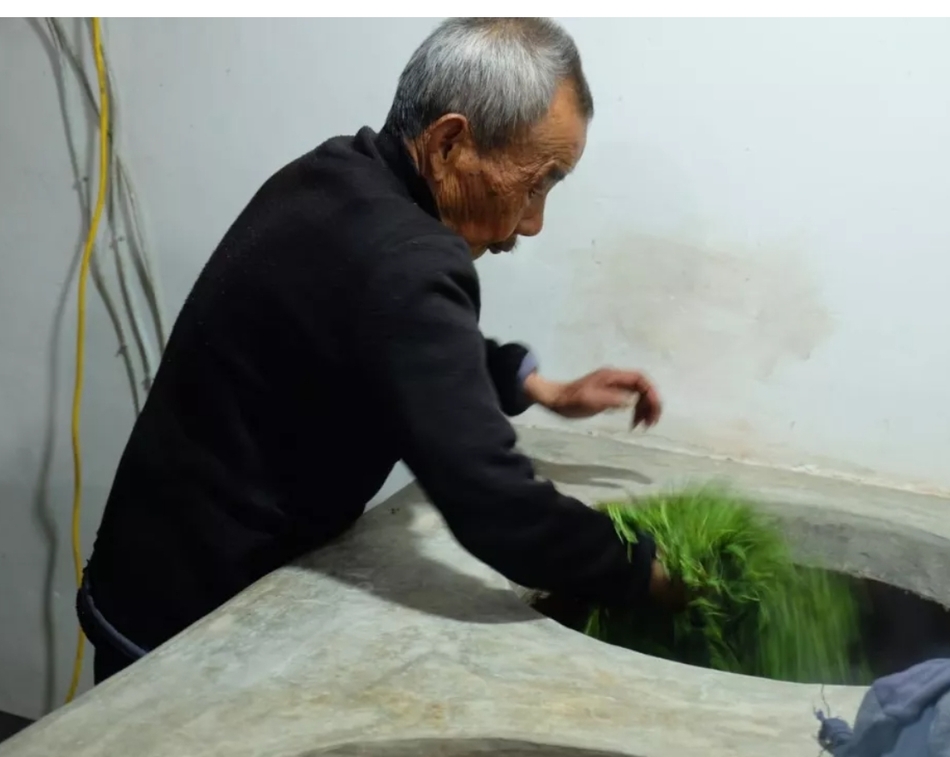
- SmartSelect_20210727-215853_Samsung Internet.jpg (234.69 KiB) Viewed 25397 times
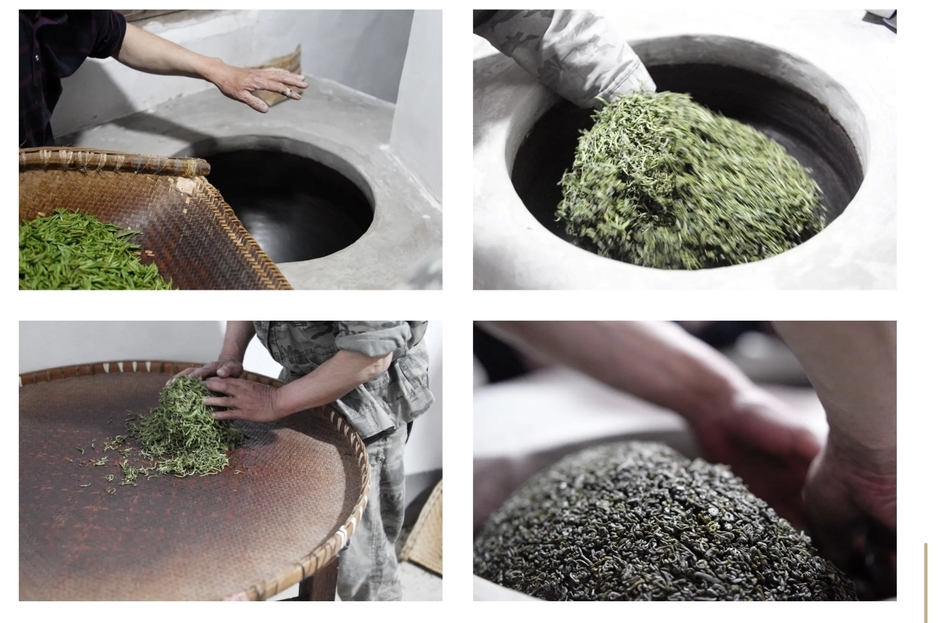
- SmartSelect_20210727-215749_Samsung Internet.jpg (335.28 KiB) Viewed 25397 times
Here is the tea. The dry leaf has a subtle sweet and fruity scent

- IMG_20210727_170205_837.jpg (55.25 KiB) Viewed 25441 times
I brewed 2.5g in 85 mL boiling water starting at about 1 min.
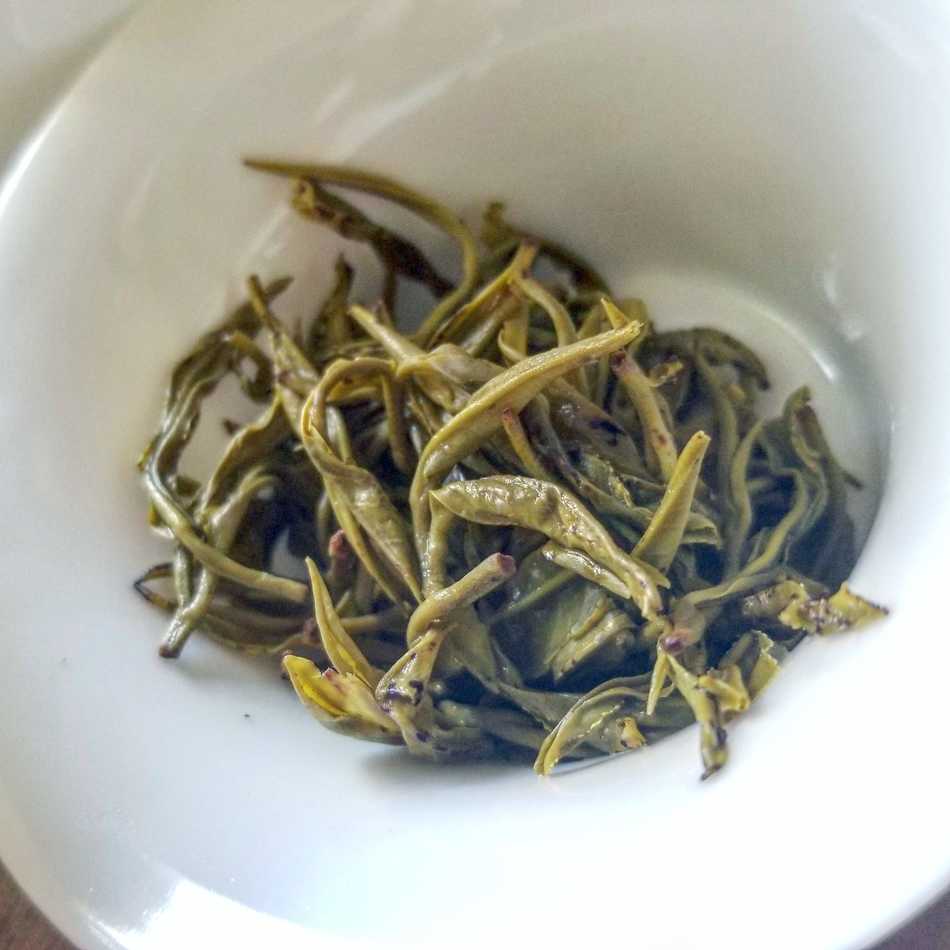
- IMG_20210727_170417_226.jpg (47.92 KiB) Viewed 25441 times
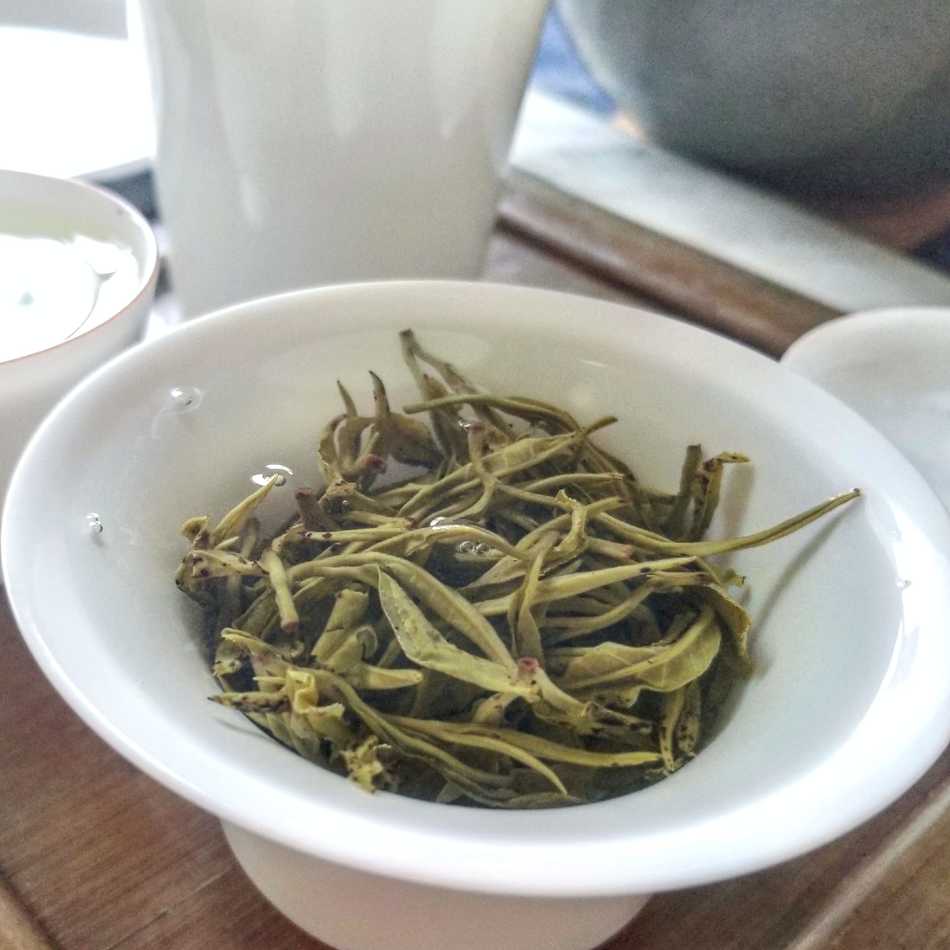
- IMG_20210727_170610_428.jpg (51.21 KiB) Viewed 25441 times
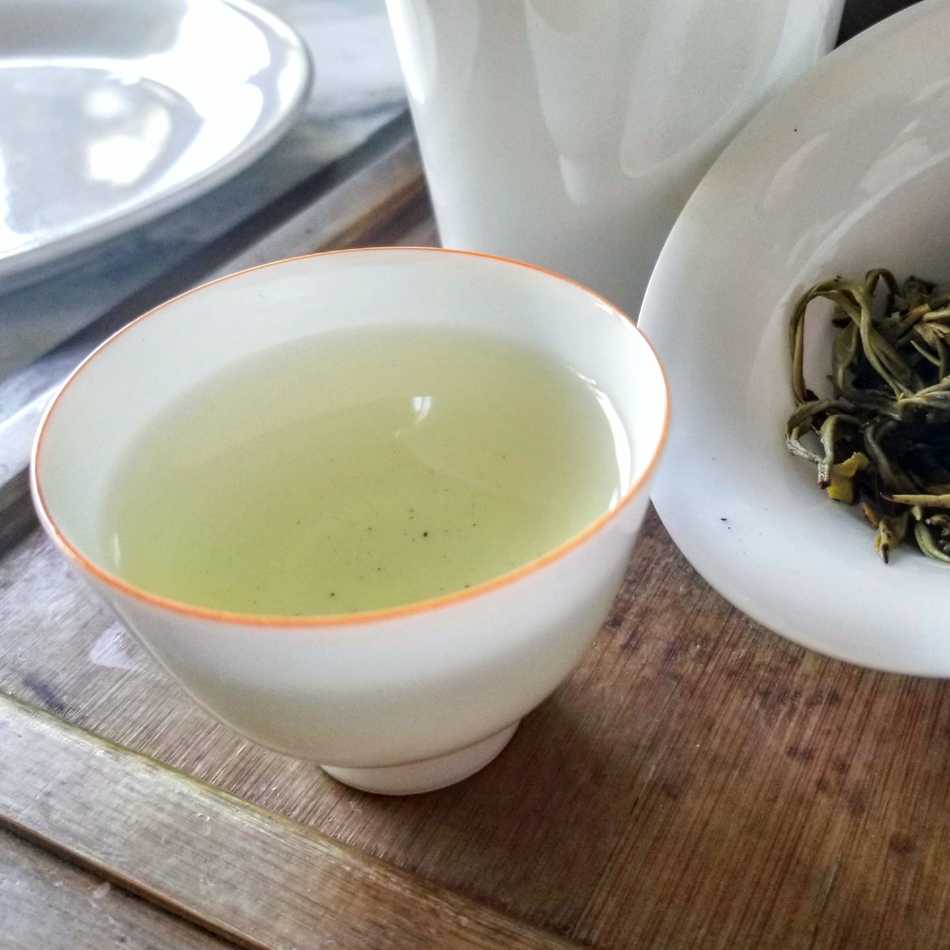
- IMG_20210727_170517_529.jpg (49.89 KiB) Viewed 25441 times
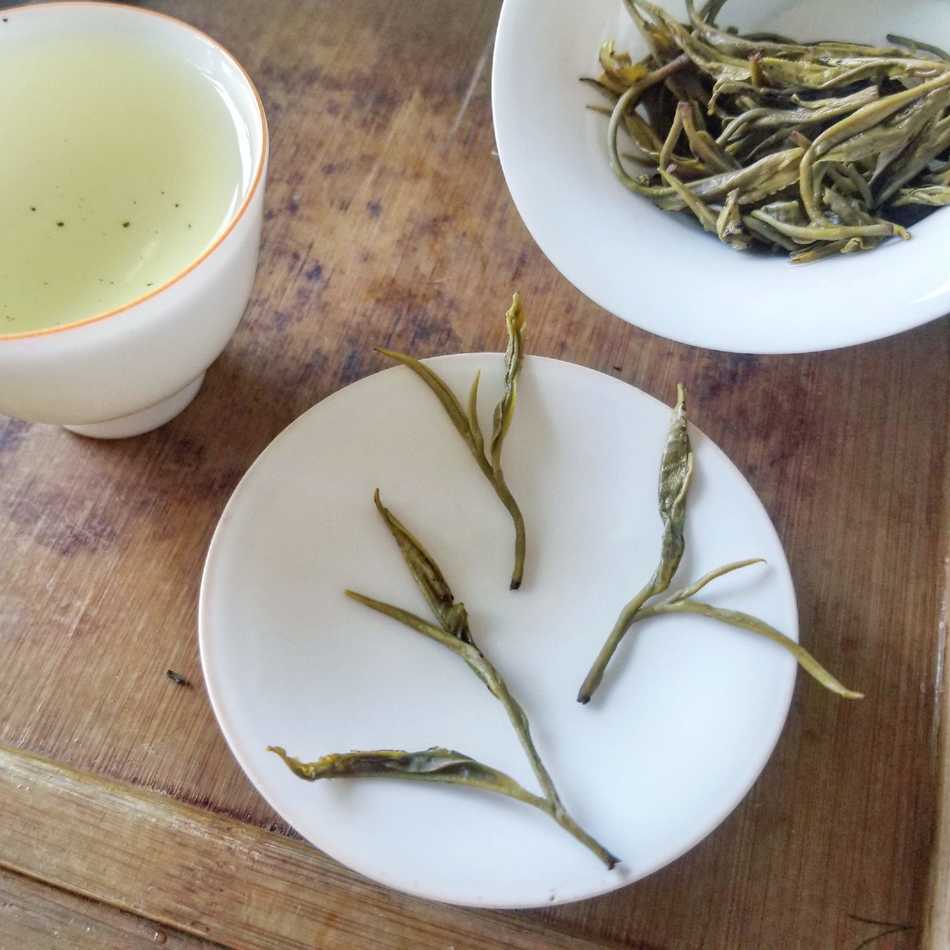
- Behold the characteristic 2 leaves + 1 bud
- IMG_20210727_170706_037.jpg (61.25 KiB) Viewed 25441 times
The gaiwan lid has a beautiful fresh green vegetal scent that I could almost taste with sweetness that reminds me of fresh melons.
The early infusions brought me to the field. I had the impression of walking among very fresh vegetables along a stream in the spring after some rain. The rain hitting the pebbles - and the stream skipping on the rocks- were captured in the cup.
The mid infusions brought me to the flame warmed "kang" bed (
https://en.wikipedia.org/wiki/Kang_bed-stove). There is no smokiness. Instead, there is a charcoal like warmth that felt very nostalgic and comforting.
The later infusions brought me back into the garden. The rain is over. And I can enjoy a salad. The sweetness and the complex vegetal and herbal aromas linger for a long time.
Brewed in a reduction clay pot, the tea loses elegance and flavor dynamics. However the longer later steeps are deeper and more rich.
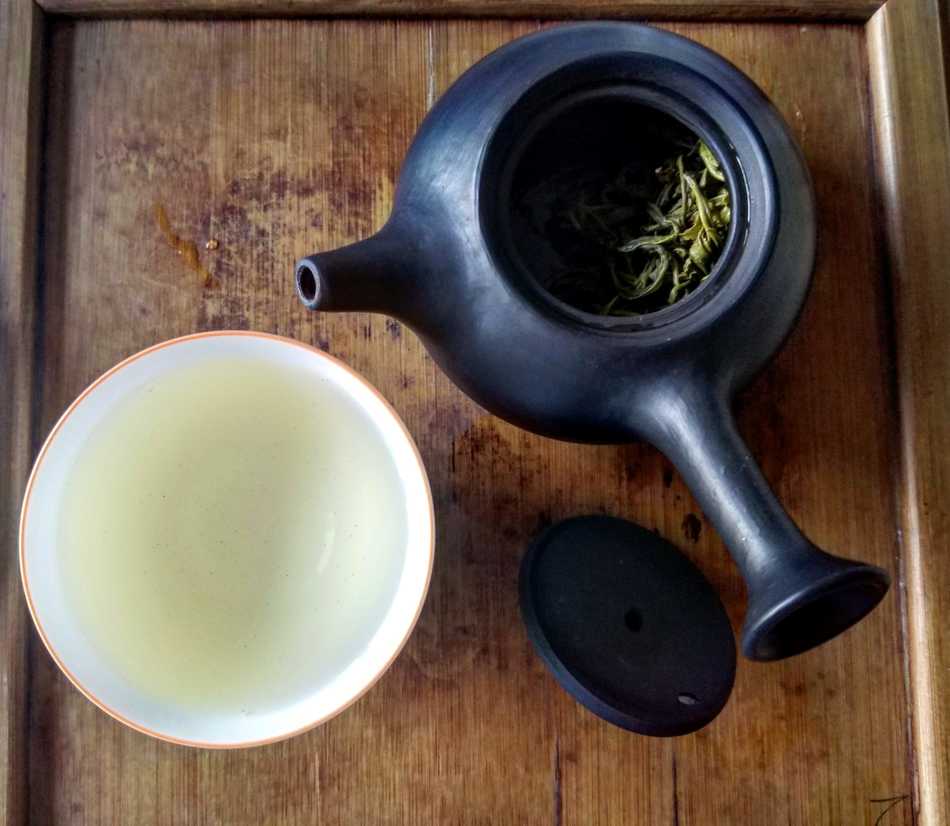
- IMG_20210728_230541_082.jpg (55.56 KiB) Viewed 25292 times
